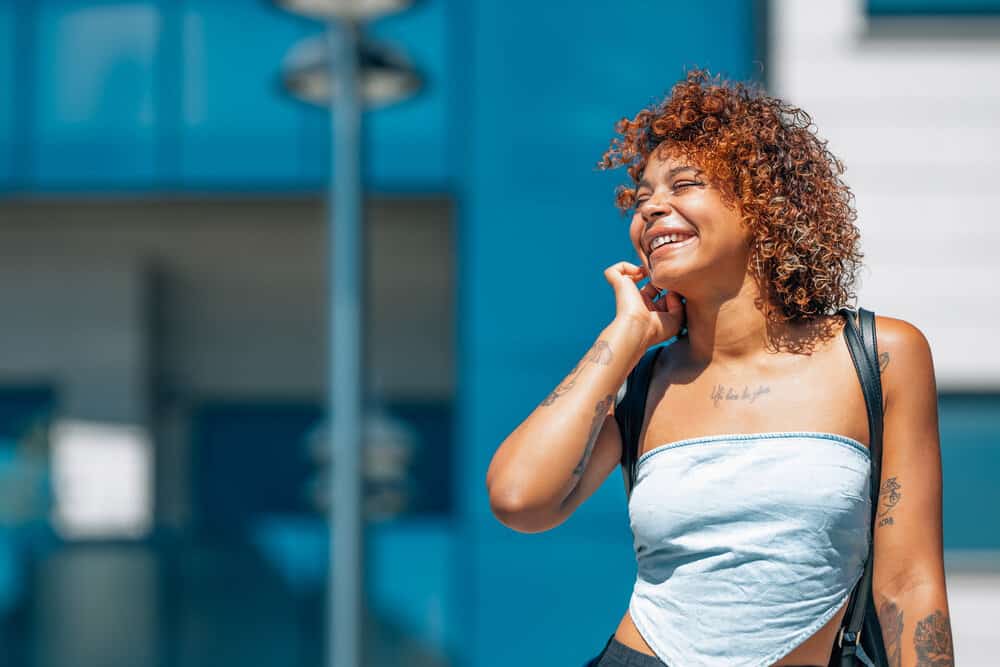
For many people, bleaching their hair is just a stepping stone to getting the color they want. So naturally, you’re probably wondering how long you’re supposed to wait before finishing your color session.
If you want to find out the answer to that question and more, keep reading! In this article, we’ll take a look at what happens when you dye your hair right after bleaching it and give you tips on minimizing damage.
Table of Contents
Can You Dye Your Hair Right After Bleaching It?
You can dye your hair right after bleaching it, but whether or not you should depends on a few factors. As long as your hair feels like it's in good condition, you can apply color directly after bleach. This is also the case if you plan on using a gentler form of hair color, like semi-permanent or demi-permanent dye.
Keep in mind that this is only the case if you plan to stay at the same level or move to a darker shade. Lightening your hair is much riskier than darkening it, so avoid dyeing it lighter right after you bleach it.
Instead, give your hair time to recover from the first lightening session. That will help you prevent unnecessary damage and ensure that your hair comes out healthy and beautifully colored.
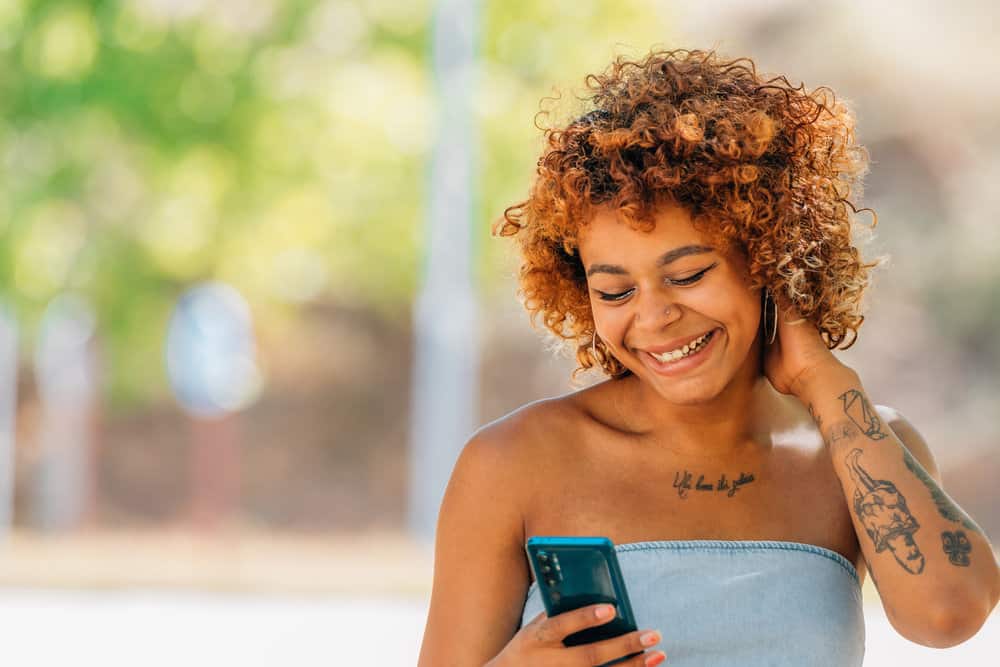
How Long Should You Wait to Dye Your Hair After Bleaching It?
Dyeing your hair right after coloring it is okay in many cases. However, many hair experts suggest waiting for at least one to two weeks before applying color. If you want to err on the side of caution, extend that time to four or five weeks instead.
That way, you’ll have enough time to repair and fortify your strands before taking on another harsh chemical process. It’ll also give you a chance to thoroughly assess your hair and determine the extent of any preexisting hair shaft damage.
Bear in mind that this recommended time range is for hair that feels mostly healthy.
For extremely damaged hair, it’s better to wait until your hair has recovered. Depending on the severity of your damage, this may mean waiting for six or more months.
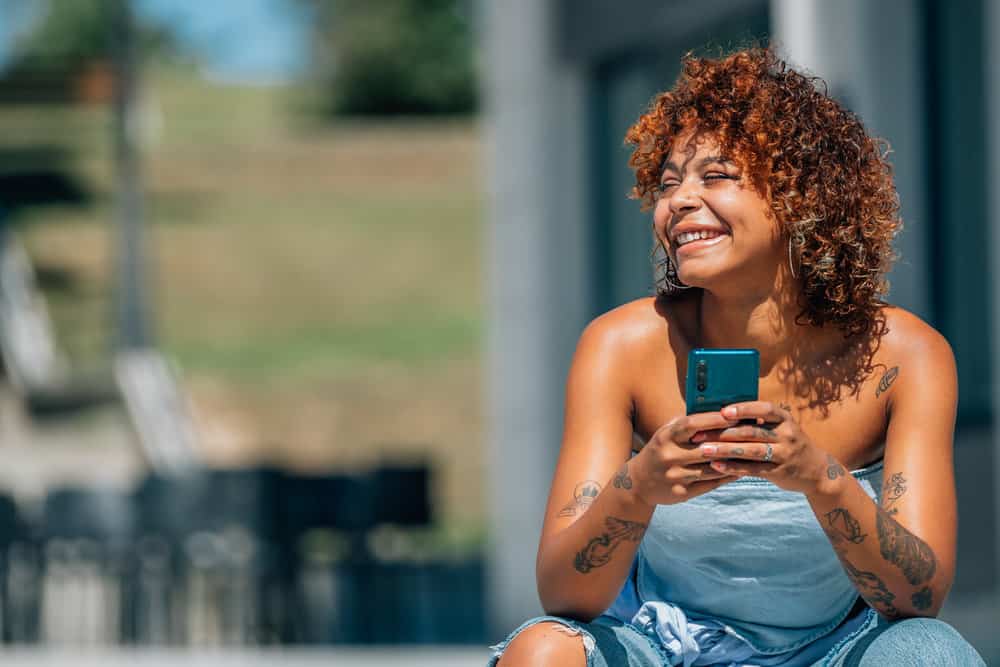
Tips for Coloring Your Hair After Bleaching
Even if you wait to dye your hair, there’s a chance that it will leave you with severe damage. So, in this section, we’ll break down a few different ways you can minimize damage and guarantee your color looks beautiful.
Use Protein Fillers
Both bleach and hair dye can chip away at the structural integrity of your hair and leave it feeling weak and brittle. One of the best ways to combat this is through the use of protein fillers.
Protein fillers are a pre-dye treatment that repairs and strengthens your strands.
They fill in tiny holes and gaps along your hair’s surface, so your strands are better able to hold up to the dye’s harsh ingredients. As a bonus, protein fillers can also help your color last longer and come out more vibrant.
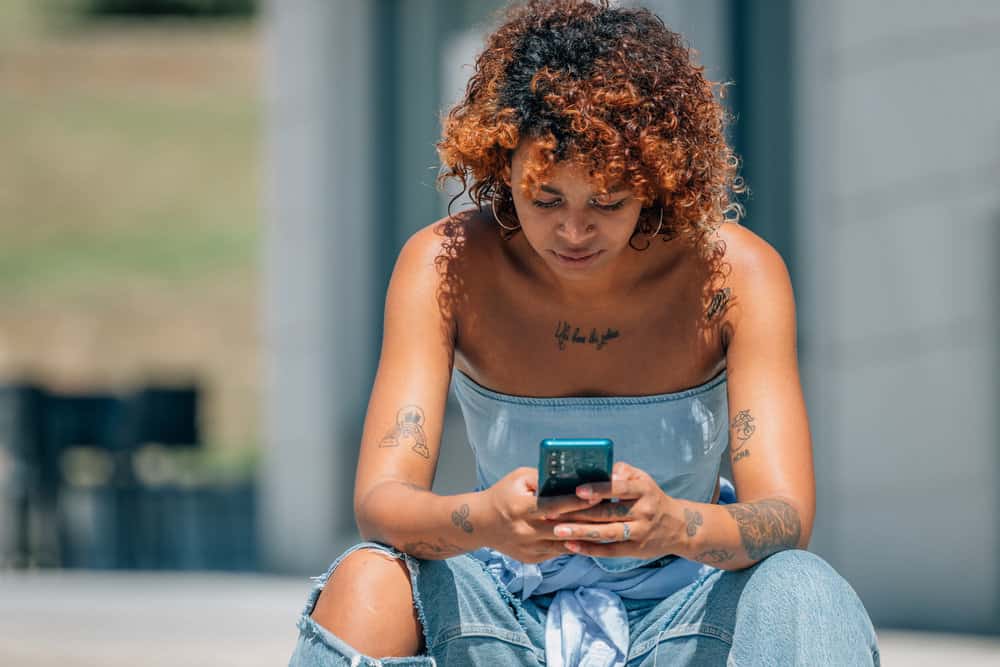
Deep Condition Regularly
When it comes to chemically processed hair, using deep conditioners is essential. Like regular conditioners, deep conditioners are packed with fortifying, hydrating, and reparative ingredients.
However, deep conditioners tend to contain a much more significant amount. To keep your hair healthy, apply a deep conditioning treatment at least once or twice a week.
Use the Right Type of Hair Dye
One way to mitigate damage is to use gentle, non-damaging hair dyes. Semi and demi-permanent hair color is much milder than permanent hair dye and can actually help your hair feel better after bleach.
It’s important to note that freshly bleached hair accepts dye much more readily than normal, unprocessed strands. So, there is a chance that your color will come out darker and be much harder to get rid of.
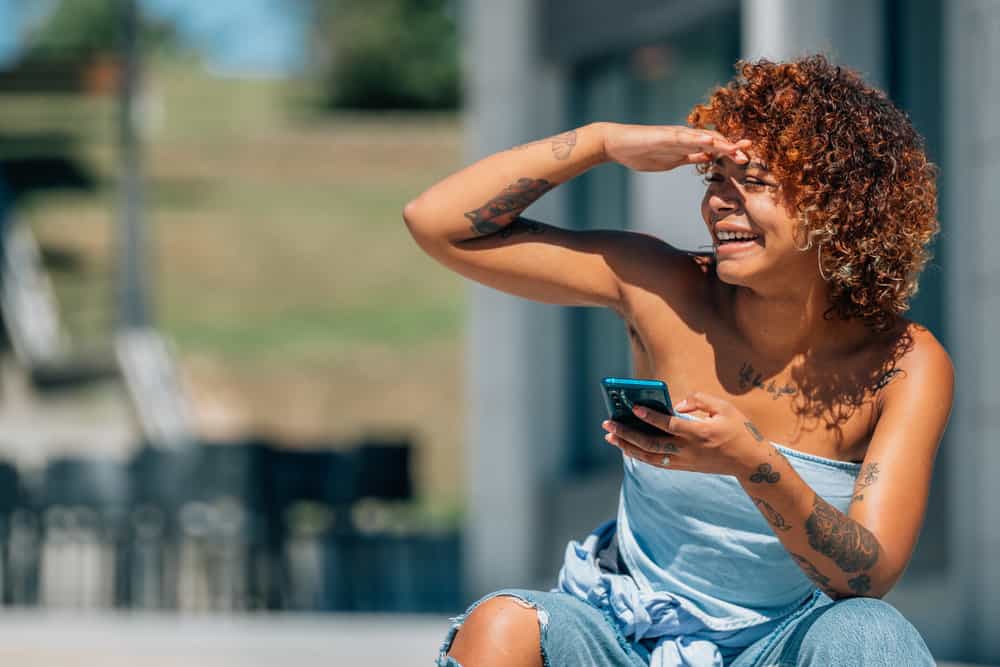
Do a Patch Test
Sometimes, the damage that your hair sustains isn’t visible. So, if you want to make sure that your freshly bleached locks will hold up to the hair dye, do a patch test.
A patch test (aka hair strand test) is essentially a test run where you apply a small amount of dye to a small, easily hidden section of hair.
In addition to showing how well your hair will respond to the dye, patch tests will help you determine how long you need to let your color process.
Read the Instructions on Your Hair Dye
Most of the problems and damage that come from using at-home hair dye stems from people misusing them. From timing to application methods, there are a lot of things to keep track of.
Additionally, the instructions can vary wildly from product to product.
Start off on the right foot by reading the instructions carefully. That way, you can reduce your chances of things going wrong and help ensure your color comes out perfectly.
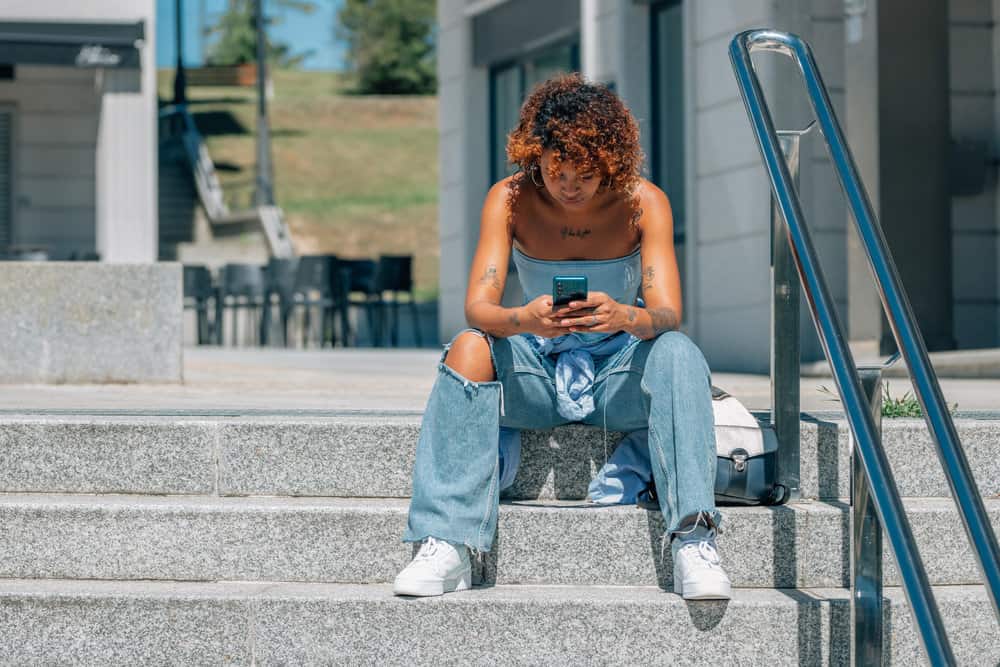
What Does Bleach Do to Your Hair?
There’s no doubt about it; bleach is one of the most harmful chemicals you can use on your hair. That’s why so many experts recommend waiting to color your strands until they’ve had ample time to recover.
When combined with a lifting agent like peroxide or ammonia, bleach enters your strands. Once inside, it breaks apart the physical bonds holding natural and artificial color pigments in place.
After their bonds have been broken, the pigments are free to leave your strands through your open cuticle. The damage that’s associated with bleach comes from two sources.
First, the act of lifting your cuticle chips away at your hair’s structural integrity.
Similarly, removing your natural pigments weakens the inside of your strands. And since this is the only way to lighten your hair significantly, there’s no comparable alternative.
Does Hair Go Back to Normal After Bleaching?
Now that you’re familiar with the risks of dyeing your hair right after bleaching it, you’re probably wondering if your strands will ever return to normal.
Unfortunately, the answer to that question is no. Bleaching is a permanent process, so the changes it makes to your hair don’t go away.
Even if you dye your hair back to its natural shade, your hair strands have been permanently altered.
You won’t have virgin, unbleached hair until the lightened portion is cut off. Luckily, how you get your hair back to normal is up to you. You can remove it all at once or gradually get rid of it through a series of trims.
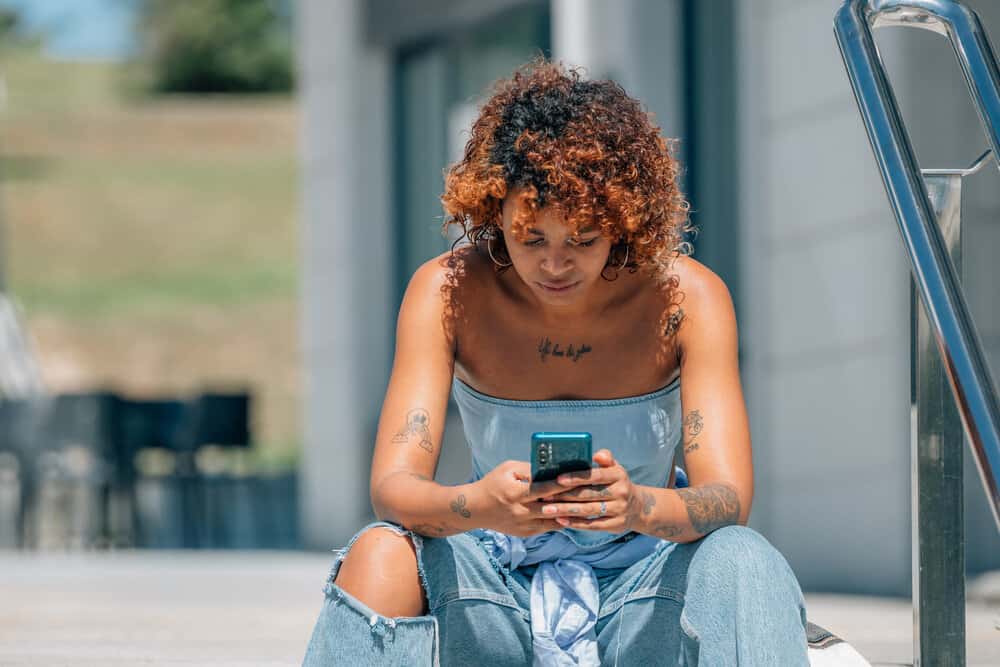
Pros and Cons of Dyeing Your Hair After Bleaching It
Still not sure what to do in your specific case? This section should help. In it, we’ll break down the pros and cons of dyeing your hair after bleaching it. That way, you’ll have all the information you need to make an informed decision.
Pros
- You won't be stuck with a hair color you hate.
- It’s a much faster process that gives you immediate results.
- Your color will likely come out more intense and vibrant.
- Combining the two services can save you money if you're getting professional color.
- Dyeing freshly bleached hair can lead to longer-lasting color.
Cons
- Dyeing your hair after bleaching can lead to severe dryness and breakage.
- Your color is more likely to bleed.
- Bleached hair is highly porous, so your color might come out darker than expected.
- Dyeing unwashed hair can give you better results than dyeing freshly washed strands.
- Can I Bleach My Hair After Semi Permanent Dye?
- Can I Bleach My Hair After Dying It?
- How Often Should You Bleach Your Hair?
Although you don’t necessarily have to wait before applying color, putting it off for a week or two will help ensure your hair stays healthy.
It can also improve how well your hair takes color and leave you with a better result.
If you do decide to color your hair straight after bleaching, just make sure you pay attention to your hair’s health. Either way, we hope this article has answered all your questions, and we wish you luck on your quest to get the perfect shade!




